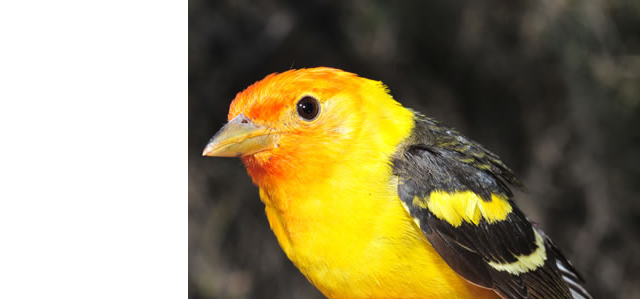
Biology Faculty & Staff Publications
Document Type
Article
Publication Date
6-1-1977
Abstract
Beginning with Emlen (1966) and MacArthur and Pianka (1966) and extending through the last ten years, several authors have sought to predict the foraging behavior of animals by menas of mathematical models. These models are very similar, in that they all assume that the fitness of a foraging animal is a function of the efficiency of foraging measured in terms of some "currency" (Schoener, 1971) - usually energy - and that natural selection has resulted in animals that forage so as to maximize this fitness. As a result of these similarities, the models have become known as "optimal foraging models"; and the theory that embodies them, "optimal foraging theory." The situations to which optimal foraging theory has been applied, with the exception of a few recent studies, can be divided into the following four categories: (1) choice by an animal of which food types to eat (i.e. optimal diet); (2) choice of which patch type to feed in (i.e. optimal patch choice); (3) optimal allocation of time to different patches; and (4) optimal patterns and speed of movements. In this review we discuss each of these categories separately, dealing with both the theoretical developments and the data that permit tests of the predictions. The review is selective in the sense that we emphasize studies that either develop testable predictions or that attempt to test such predictions in a precise quantitative manner. We also discuss what we see to be some of the future developments in the area of optimal foraging theory and how this theory can be related to other areas of biology. Our general conclusion is that the simple models so far formulated are supported reasonably well by available data and that we are optimistic about the value both now and in the future of optimal foraging theory. We argue, however, that these simple models will require much modification, especially to deal with situations that either cannot easily be put into one or another of the above four categories or entail currencies more complicated than just energy.
Publisher
Quarterly Review of Biology
Volume
52
First Page
137
Last Page
154
Language (ISO)
English
Keywords
optimal foraging theory, mathematical models
Recommended Citation
Pyke, G.H., H.R. Pulliam and E.L. Charnov. 1977. Optimal foraging: A selective review of theory and tests. Quarterly Review of Biology 52:137-154

Comments
Science Citation Classic Award